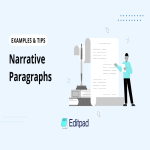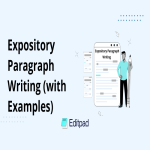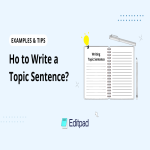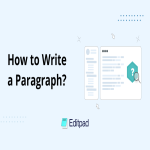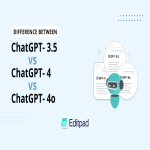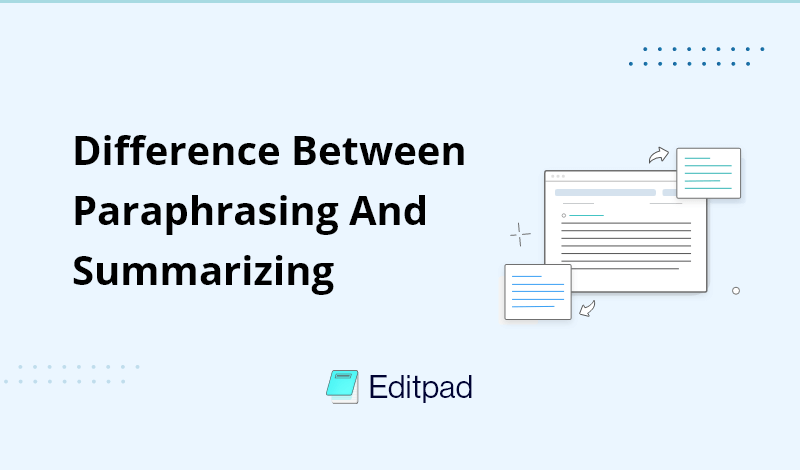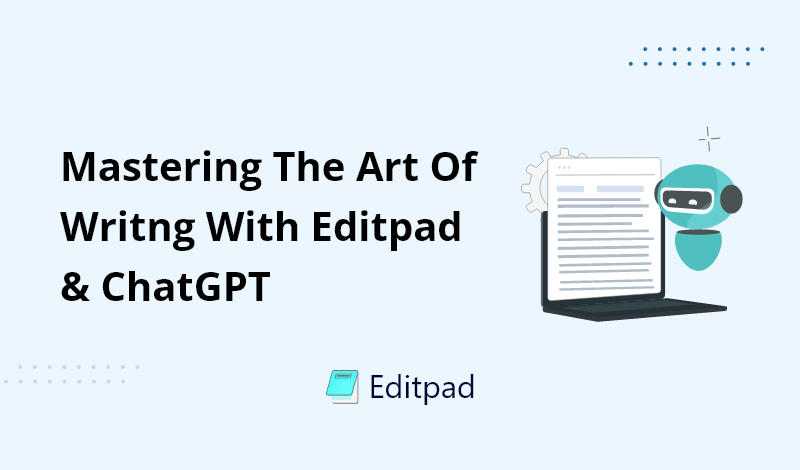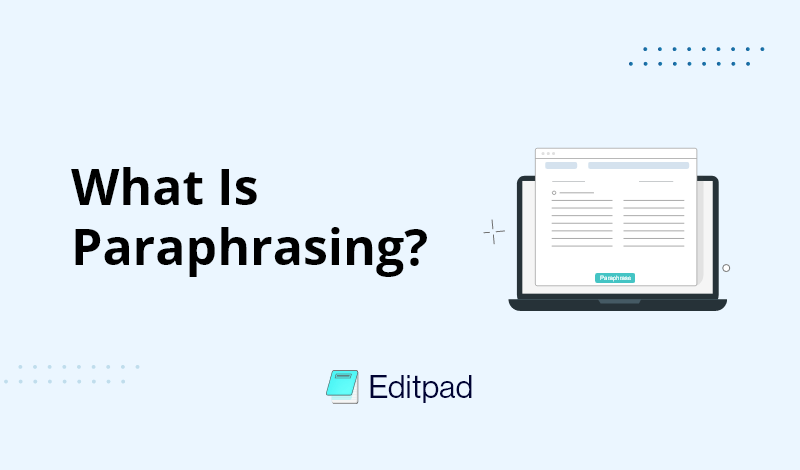A narrative paragraph is a stand-alone story that contains several key elements.
It can also be part of a larger narrative piece e.g. novel, autobiography, etc.
In a stand-alone narrative paragraph, the key elements are:
Characters:
They perform the actions of the story. They're the ones who talk, think, and do things that move the story along. They can be people, animals, or things that act like people (like talking toys in a kids' story).
For example, in a story about a girl losing her dog, the girl is the main character.
Setting:
It is where and when a story happens. The setting includes the place, time, and circumstances surrounding the events.
Place is where the story happens.
Time refers to when the story happens.
Circumstances are the conditions surrounding the characters.
(Impact of setting on the characters and narrative - Aithor.com.)
Plot:
It is what happens in a story.
For example, in a paragraph about a child's first day of school, the plot might be: The child feels nervous at breakfast. The parent takes them to the classroom. The child meets the teacher and some new friends. By the end of the day, the child feels excited about going back tomorrow.
Conflict:
It's the problem or challenge that the characters have to deal with. Characters try to solve the problem, and that's what creates the action in the plot.
Theme:
It is the big idea or message the writer wants to share with you.
(Why is theme important in narrative writing? - Essential in Writing)
Style:
It refers to the author's unique voice and the way they use language to tell their story.
Point of view:
Point of view decides through whose eyes the story is told. Common options include:
(A PDF by Lewis University on explanation of Narrative elements)
The beginning of a narrative paragraph tells about the characters and where the event is taking place.
(A guide on How to introduce characters - 48 Hour Books)
It is an event or occurrence that sets the main action into motion. In a narrative paragraph, this often comes right after the introduction.
The climax is the peak of the action or the most intense moment in the paragraph. It's where the tension that's been building, reaches its highest point.
(More on the climax of a story by Story Flint)
The resolution wraps up the story by showing the result of the events. It often gives you that feeling of "the end" and resolves any problems or challenges the characters face.
(Resolution: Definition and examples - Literary Terms)
The ending sentence often shows how past events have affected the narrator today or will affect their future choices. It can be the narrator's opinion or thought.
Remember that the narrator is the one who is telling the story.
For example:
“They were safe for now, and tomorrow held the promise of another day together.”
A good narrative paragraph makes the reader feel as if they are watching the incident with their own eyes.
Focusing on one specific moment lets you tell a short and powerful story in just one paragraph. Choose a moment that feels complete on its own and can capture the reader's interest. This could be a moment where something big or emotional happens.
For example:
(Tips by Paper Writer on the selection of topics in narrative essays)
In narrative paragraphs, the introduction can expand to 2 or 3 lines. It introduces the main character and gives the background information.
The first sentence should hook the reader’s attention by writing something unexpected or by providing a detailed description.
It's important to introduce the main character early on to help the reader visualize the story better. Also, explain where and when the story is happening. You can give a little hint in a few words about the problem or main event that will move the story in this section.
For example:
“As the lightning streaked, Max, a twelve-year-old, realized the notorious hilltop house, known as Whispering Oaks, might not be as abandoned as everyone thought. The whispered warnings of ghostly guardians in the wind ruffled his black hair and piqued his curiosity about the rumored hidden treasure.”
(Choose topic sentences for Narrative paragraphs - IXL)
In the body, Start the story by describing the specific events or actions that directly caused the conflict in the story. Try to do this in 1 to 3 sentences. Write events in the order they occur to keep the story easy to follow.
Example:
“Max’s steps echoed in the empty street as he neared the gate. The wind howled, making the old timbers of the house groan ominously. Despite his fear, his curiosity was piqued every time he glanced at the upper windows, half expecting to see a face looking back.”
(Slideshare’s presentation on narration and paragraph development)
Body is the main and explaining part of the story so it is where you should introduce the conflict. Start with small signs of trouble Instead of stating the conflict at once. Conflict can consist of 2 to 4 sentences.
Example:
“As Max pushed the gate open, it creaked loudly, breaking the haunting silence. Just then, a sudden rustling from the bushes nearby made him freeze.
His mind raced with stories of flying creatures that haunted the house. Should he venture further and face whatever lurked in the shadows, or should he retreat to the safety of his known world?”
(What is conflict in literature? 6 different types by Master Class)
Lastly, resolve the conflict in 2 to 3 sentences. The resolution should make sense based on what happened before. It shouldn't feel forced but a believable ending based on the previous content. Do not bring up new problems or unanswered questions.
For example:
“Gathering his courage, Max took a deep breath and stepped forward. The rustling grew louder, and just as he felt he couldn’t bear it any longer, a cat darted out from under a bush, its eyes glinting in the faint light.
Laughing at his fears, Max felt that the Whispering Oaks was not as horrifying as it seemed from the outside. It was just a simple house filled with harmless creatures, echoing with the sounds of its past rather than the ghosts of legend.”
(Narrative writing - a story with a conflict and resolution)
When writing your conclusion, keep it short and to the point. Choose words that give a sense of ending and match the story’s mood - a funny story might end with a joke, while a serious one might end with a thoughtful comment.
Make a strong impact through using vivid imagery, a clear action, or a meaningful piece of dialogue or proverb that sums up your story.
Example
“He moved boldly (clear action) toward the house, ready to uncover its secrets, realizing that sometimes, fear itself is the only ghost. (proverb)”
Sometimes, you might hint at the future but don’t start a new story. This gives a peek into what might come next without affecting the story’s ending.
A checklist can help to make sure you include everything that is important in narrative writing.
(narrative writing checklist by resource.finalsite)
This involves characters being aware that they are part of a story and sometimes even talking directly to the reader, almost like having a conversation. It is also called “Breaking the fourth wall”.They might ask the reader what they should do next, share secrets, or comment on what’s happening as if the reader is right there with them.
Example:
"Max paused at the spooky staircase, glancing at you 'I really shouldn't be here at night, should I?' he whispered as if expecting an answer.
Sensory Details: When you include details about what characters sense, it makes the story more relatable.
Active Verbs: Using strong, action-packed verbs keeps the story exciting. For example, run, walk, jump, etc,
Varied Sentence Structure: Mixing up short and long sentences can make your writing more engaging. Short sentences can create tension while longer sentences can give more information.
Show, Don't Tell: This means instead of just telling readers what happens, you show them through details. Here’s how:
A "red herring" is a trick writers use in stories to mislead or distract readers from the real issue, plot, or culprit in a story. It's commonly used in mystery and thriller genres but can be effective in other types of narratives as well.
(26 narrative techniques for writers at Indeed)
(How to write an amazing narrative essay - video by The Volume Institute)

